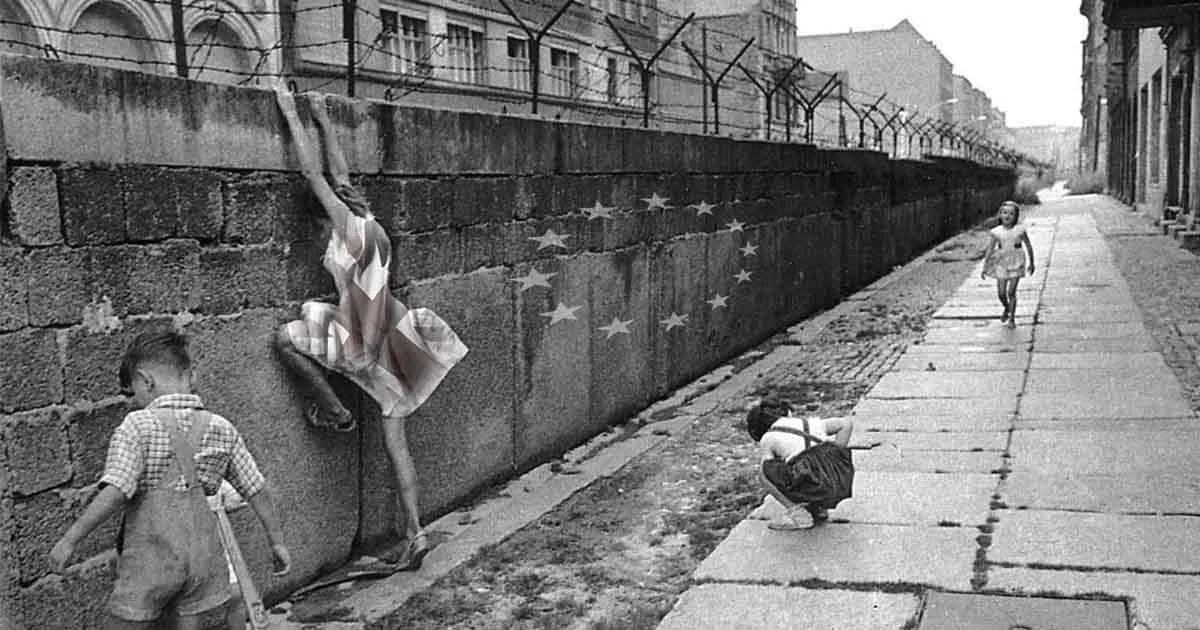
- This event has passed.
Speaker Series: “Black Entry Operations” beyond the Iron Curtain in the Late ‘40s – Early ‘50s by Alessandro Giorgi
July 8, 2022 @ 2:00 pm, ending 4:00 pm
$10 – $20
The infiltration, by Western powers, of agents, dissidents, rebels, informants and saboteurs (especially Ukrainian, Polish, Baltic and Albanian) beyond the Iron Curtain, that is to say beyond the border that for decades separated Western Europe from the Soviet-controlled part of Europe, was a phenomenon that, though long and complex, did not have media coverage nor has it been the subject of study, compared to other covert or clandestine activities after World War II.
The reasons are many: the lack of interest by British and Americans to highlight the disastrous outcome and the continuation of operations despite the evident futility; the “sensitivity” of certain political issues, despite the time elapsed, in countries such as Sweden or Italy, who publicly played a low-profile role, but as a matter of fact did not recoil at anything in planning and implementing clandestine operations, in those years, which were, under the cover of the official political stance, rather “adventurous” for all.
The gradual declassification of the files of the CIA, whether as a result of the Freedom of Information Act, or of the Nazi War Crimes Disclosure Act of 1999, a law aimed at bringing to the surface, if there were, “improper connections” by US government agencies with people compromised with the Nazi regime, meant that, as a “collateral” effect, some precise details about Western clandestine infiltrations into Eastern Europe finally came to light.
As always, the effort was to highlight, with the greatest possible detail, facts that today’s scholars, students and history fans may find very surprising.
Main Highlights:
– The USA. Whys, how’s and when’s.
– The North: Finland, Norway, Sweden, and Soviet Karelia
– The British Jungle. The Baltic.
– CIA, the Gehlen Organization and BND… ….and the East-German “counterpart”.
– Eastern Europe: Ukraine, Poland, Belarus and Baltic Countries. The British and American – – Baltic connections: Lithuania, Estonia and Latvia.
– Ukraine. The opponents: master spies, rebels, killers, would-be killers, priests, traitors and defectors. Resolute poisons and faltering pistols, relentless instigators and hesitant executors.
– Albania. ITALY. Italy and the USA, an informal intelligence partnership dating back since 1943….
– The British and the Albanian Subversion. Valuable and the “Pixies”. Interactions and autonomy between British, American and Italian Intelligence. The Albanian refugees.




